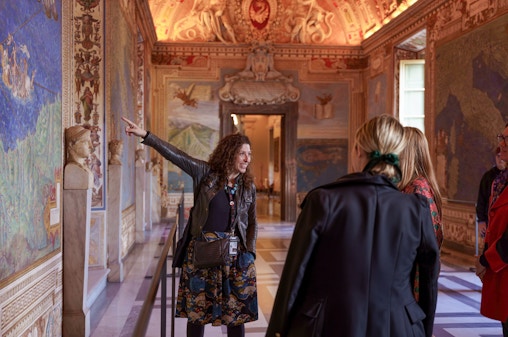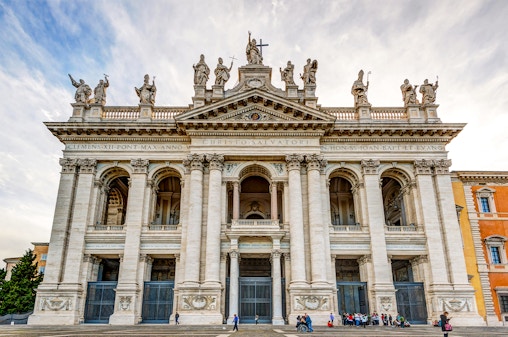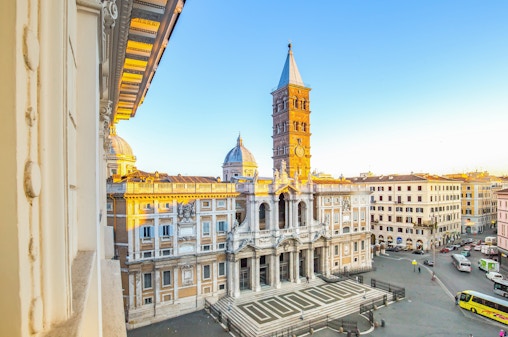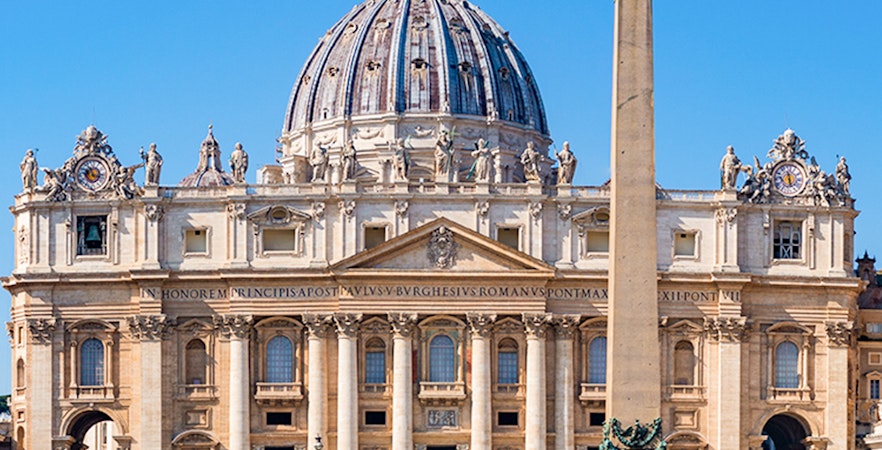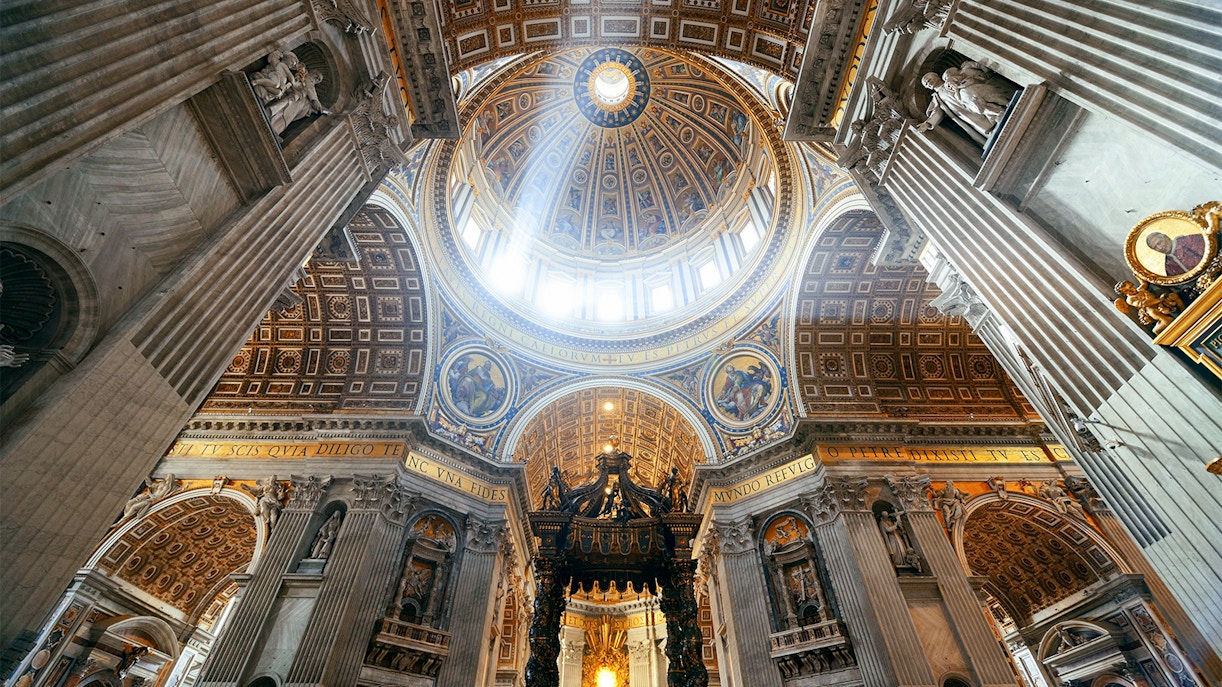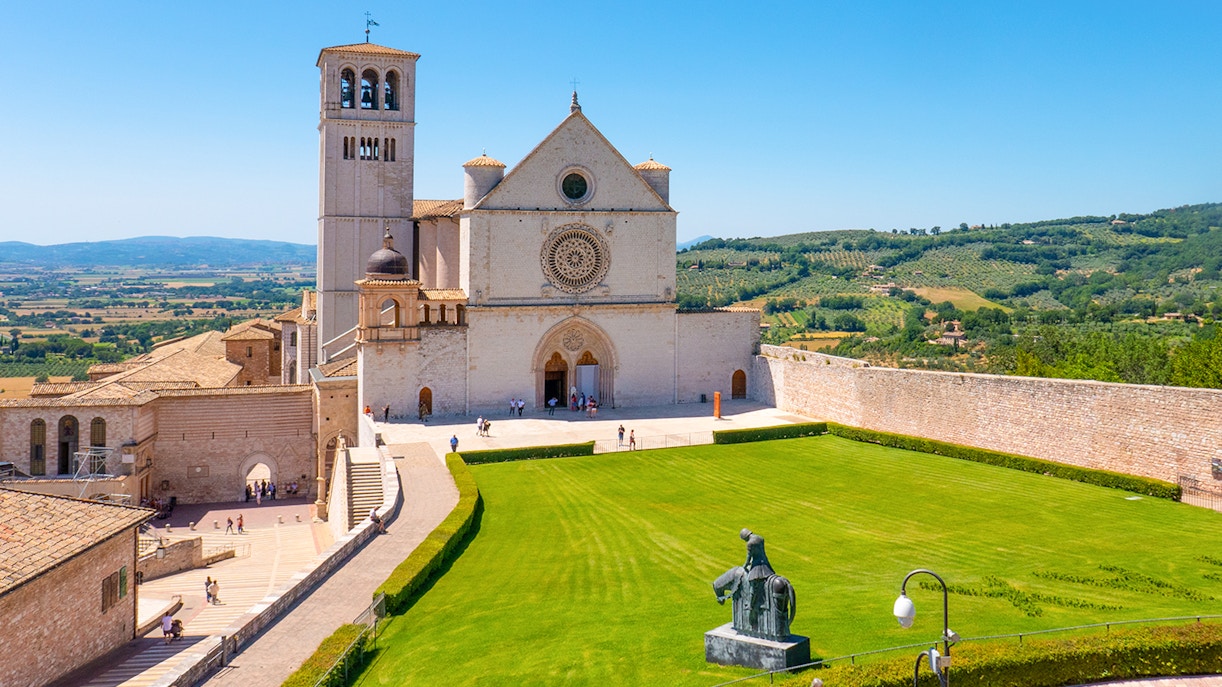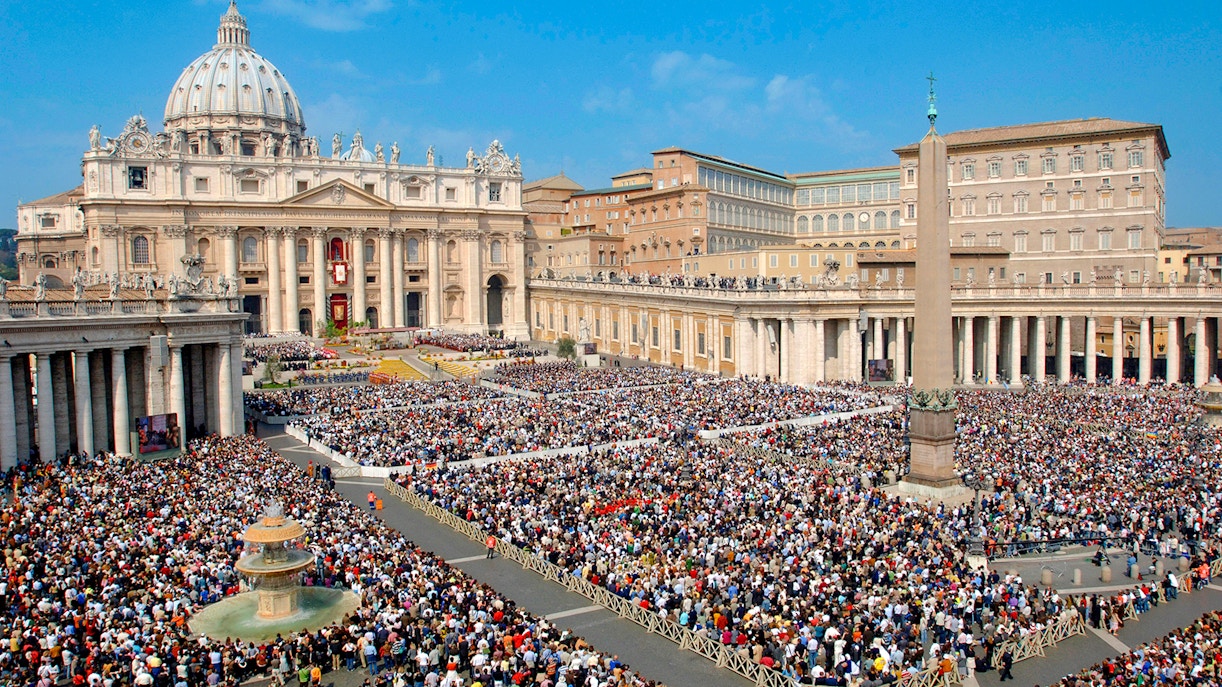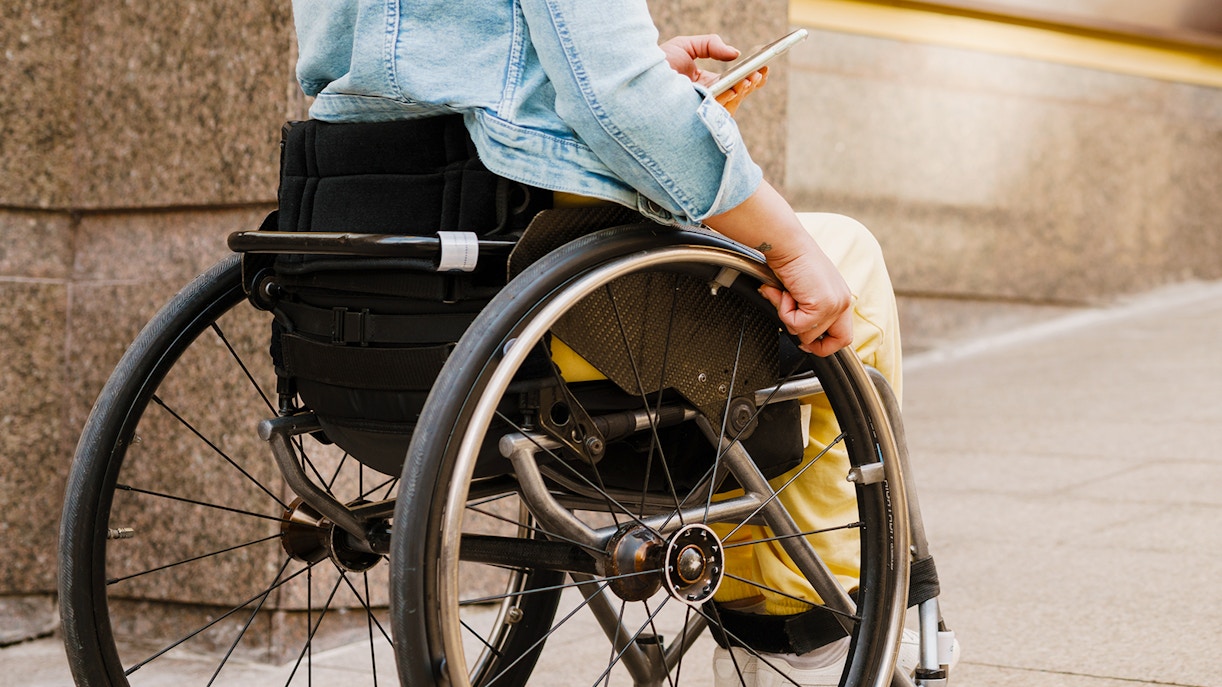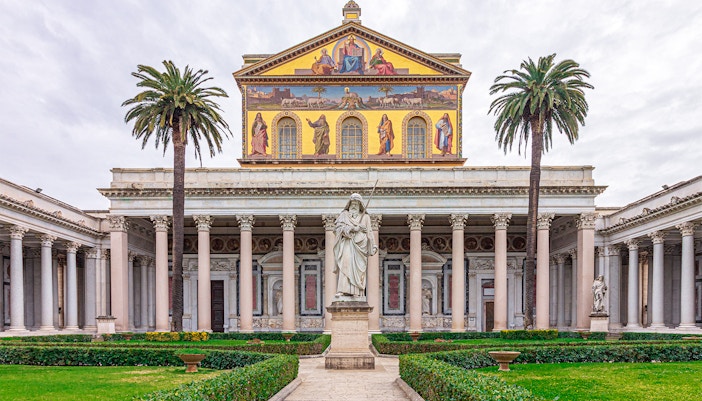- Located at the heart of Vatican City, it is the most visited and spiritually significant of all Holy Doors.
- St. Peter's Basilica is built over the tomb of Peter the Apostle, making it a significant pilgrimage site for Christians worldwide.
- The basilica is celebrated for its Renaissance and Baroque architecture, and you can climb Michelangelo’s dome for panoramic views.
- The door’s bronze panels depict Jesus’ mercy, symbolizing forgiveness and redemption.
